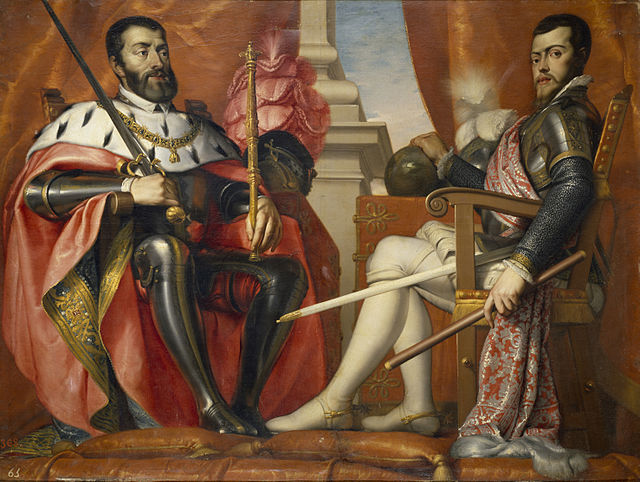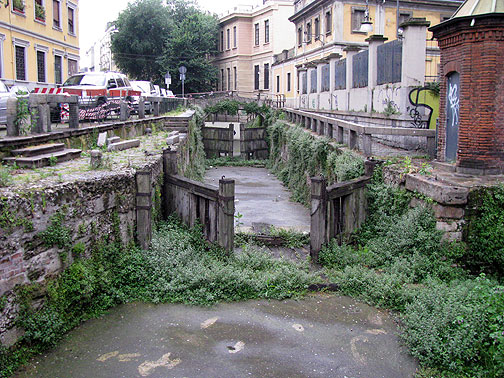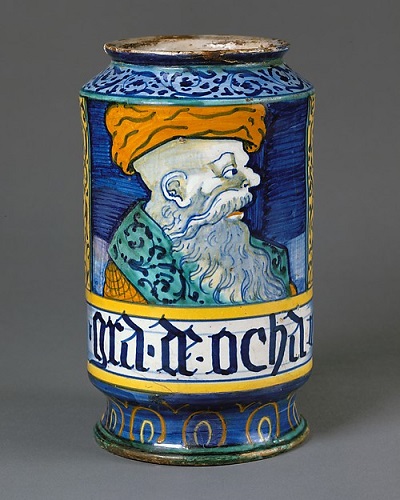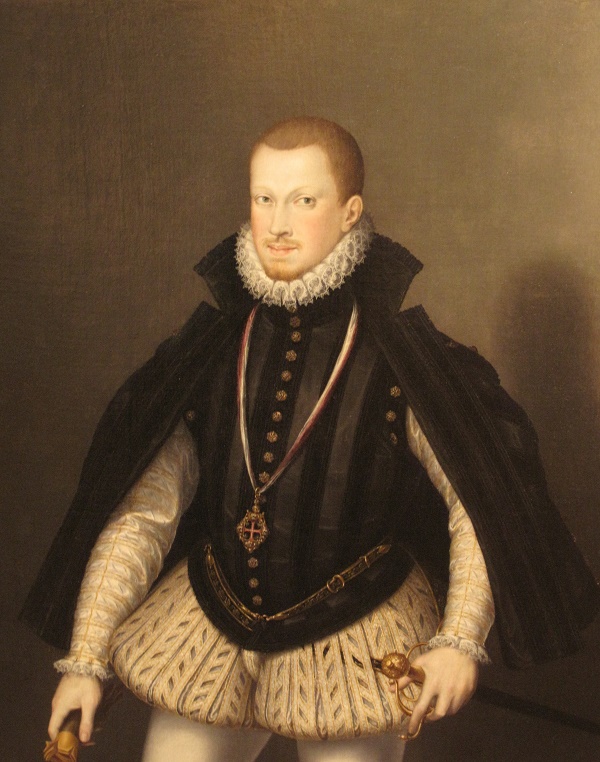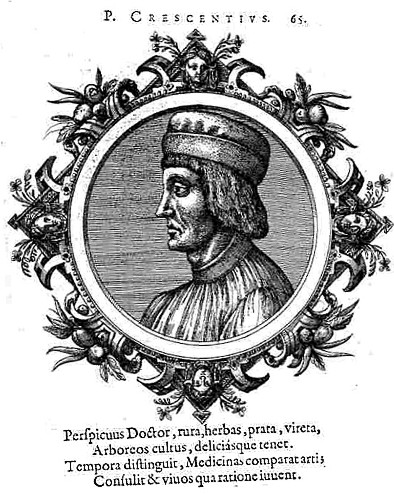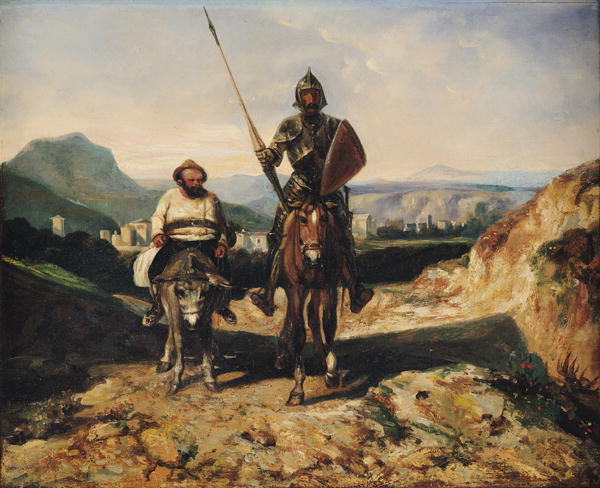
Alfonso Quijano, a member of the minor nobility form a little village in La Mancha, has read too many books on chivalry. He imagines that he is a knight too, and he sets out on a crazy quest. The powerful novel El ingenioso Hildalgo Don Quixote de la Mancha by Miguel de Cervantes Saavedra (1547-1616) is a satire on the romances of chivalry popular at the time. But it is also the story of a decidedly human hero, and the momumental work encompasses many aspects of the life of that age: love, politics, religion, food and wine.
Food, drink and physical well-being, and particularly the lack of all three form a recurring theme in Don Quixote: around it the thoughts of the anti-hero constantly circle. And it is no accident that Quixote’s round companion is named Sancho Panza: Panza is the Spanish word for belly or paunch.
Quixote can be seen as a living panorama of a world power in decline: Cervantes gives an ironic picture of the customs of the aristocracy and extols the simple life of shepherds and journeymen. The novel is peppered with popular sayings concerning gastronomy: one good example is “Wine brings a gleam to the eye, gives you good teeth, and cleans out your bowels”.
Cervantes and his hero know the right and proper way to cook: an important piece of advice is “If you don’t want to eat a stew right away, leave it to keep cooking”. Finally, by virtue of patience alone, a good meal can be had from chickpeas and meat – something like olla padrida. In addition to this famous stew and pisto manchego, made from fresh vegetables, other dishes we know of through Don Quixote are duelos y quebrantos (scambled eggs, which in the days of the brave knight, were mixed with lamb’s brain and are nowadays made with ham and paprika sausage); tiznao (a dried cod with vegetables); gachas de matanza (a shepherd’s dish made from flour, water, and salt, together with the leftovers when an animal is slaughtered); and the popular migas de pastor made from stale bread and bacon.
Faced with one crisis after another, Don Quixote learns to value his daily bread much more highly, as both a source of physical well-being and of deep philosophical insight. “Yesterday’s bread, today’s meat, and mature wine safeguard health the whole year round,” – insists the clever knight. He also observes: “While I am eating, I know nothing. But when I have finished eating, I begin to understand.”
And finally, writing about Sancho Panza….
“…he waited with intense yearning for nightfall and suppertime; and although it seemed to him that time stood still and the hands of the clock never moved, nevertheless the longed-for hour finally arrived. He was given chopped beef with onions, and a pair of steamed calf’s trotters, which had put in a good few years’ service. He took greater delight in all this than if he had had Milanese grouse, Roman pheasants, Sorrento veal, partridges from Moron, or geese from Lavajos put before him. And during the meal, he turned to the doctor and said to him: “Mark you, Sir Doctor, take no trouble in future to have them bring me special dishes and choice things to eat, for in that way you would lead my stomach off its track, since it is used to goat meat or beef, bacon and dried meat, turnips and onions. And perhaps, if it is offered the food the gentry eat, it will be reluctant to accept it, or now and them might vomit it up. What the steward can do is to set an olla podrida before me more often, full of things like cabbage and turnips all mixed up together, and the more they are mixed up the better it tastes, and he can put in and mix in anything he likes, as long as it’s something to eat, and I’ll just thank him and reward him.” (Vol.2, 1615)

